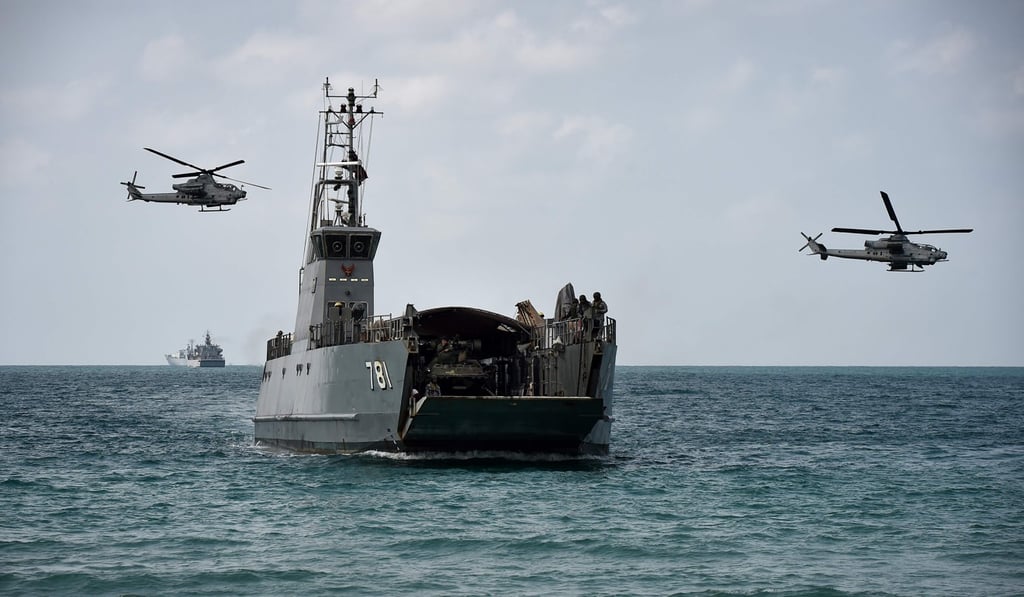Advertisement
How China is replacing US as Thailand’s main defence partner and arms supplier
- US-Thai relations went downhill following the 2014 military coup in 2014, in line with US laws that restrict defence ties until democracy is restored
- China filled the void, expanding military exercises and signing 10 major arms deals including Thailand’s largest defence purchase ever
Reading Time:3 minutes
Why you can trust SCMP

When signing a vision statement with the US last month, Thai Prime Minister Prayuth Chan-ocha quietly sat as Pentagon chief Mark Esper touted the commitment of an old ally at a time of “external coercion and intimidation” in Asia – a clear reference to China.
Less than an hour later, Prayuth – a former army chief – signed a similarly vague defence cooperation agreement with Chinese Defence Minister Wei Fenghe while also pledging to support key Beijing policies like the Belt and Road Initiative to finance infrastructure investment around the globe.
While neither statement committed Thailand to anything concrete, Prayuth’s balancing act showed the extent to which China has made inroads in a nation with deep US military connections going back decades. Designated by former US President George W. Bush as a “major non-Nato ally” in 2003, Thailand served as a key staging ground during the Vietnam war when both countries teamed up to stop the spread of communism.
Advertisement
US-Thai relations soured after Prayuth led a military coup in 2014, triggering American laws that restrict defence ties until democracy is restored. China quickly filled the void, stepping up military exercises and signing 10 major arms deals including Thailand’s largest defence purchase ever: US$1.03 billion for three diesel-electric submarines and 48 battle tanks, according to the Stockholm International Peace Research Institute.
“Ultimately the reset in Thai-US relations means that Thailand finds itself at the centre of a geostrategic tug of war between the US and China in Southeast Asia,” said Paul Chambers, director of research at the Institute of South East Asian Affairs in Chiang Mai, who has written extensively on security sector reform and democracy.
Advertisement
After Thai elections in March that rights groups said were neither free nor fair, US President Donald Trump’s administration has moved quickly to make up lost ground. US Secretary of State Michael Pompeo hailed Thailand for “returning to the democratic fold” during a visit to Bangkok in August, as his department pushes its “Buy American” weapons export strategy.

Advertisement
Select Voice
Choose your listening speed
Get through articles 2x faster
1.25x
250 WPM
Slow
Average
Fast
1.25x